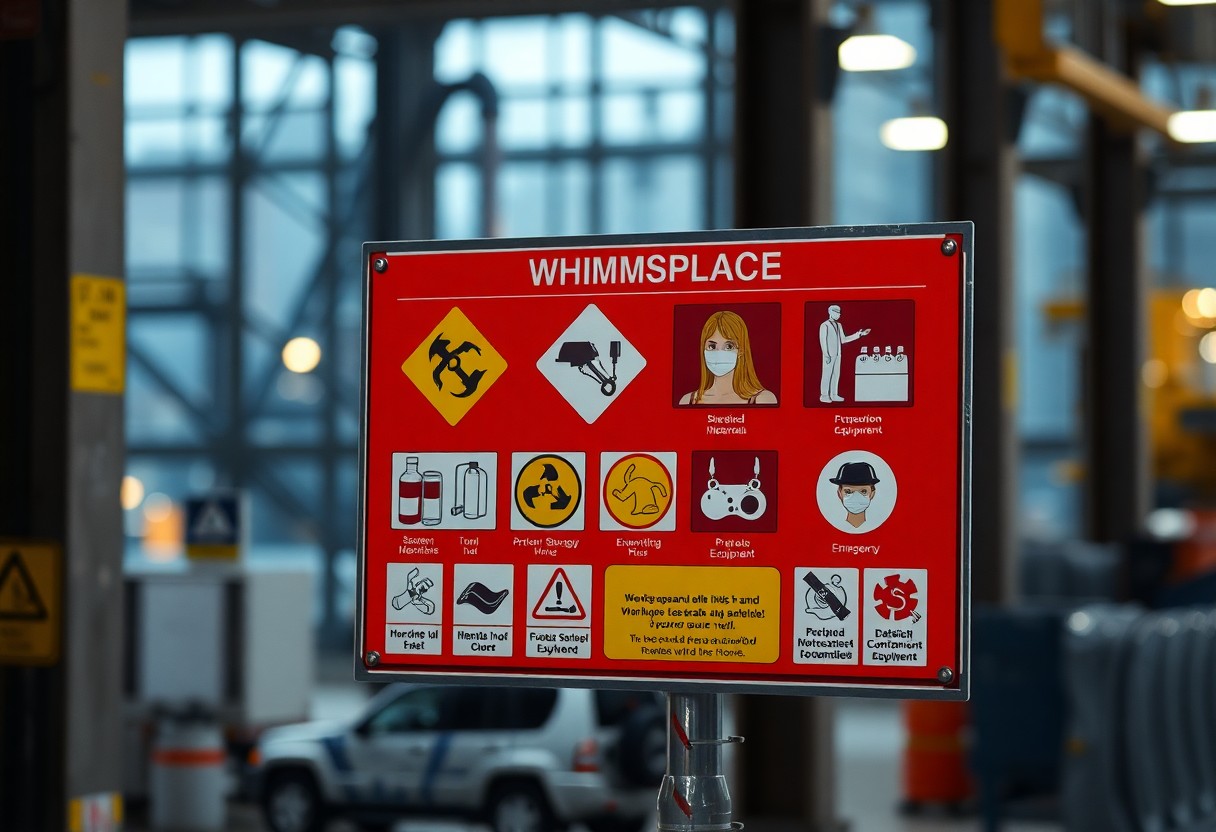Many workplaces across Canada implement the Workplace Hazardous Materials Information System (WHMIS), which is designed to ensure that you and your co-workers are informed about hazardous materials used in your work environment. At the core of WHMIS are the pictograms, simple yet effective visual symbols that communicate important safety information quickly. Understanding these symbols is vital for maintaining safety and compliance in your workplace.
WHMIS pictograms consist of eight different images, each representing a category of hazard. As you familiarize yourself with these symbols, you empower yourself to take appropriate precautions when handling, storing, or disposing of hazardous substances. Below, you will find a breakdown of each WHMIS pictogram and what it signifies:
1. Health Hazard: This symbol features a silhouette of a person with a star shape on their chest. It indicates that the substance may cause serious health effects, such as respiratory issues, reproductive problems, or carcinogenic effects. Exercise extreme caution when working with materials that fall into this category.
2. Flame: The flame pictogram indicates that a material is flammable, self-heating, or capable of combustion. You should keep these substances away from sources of ignition, heat, and open flames.
3. Exclamation Mark: This symbol covers a range of hazards, including irritants, sensitizers, and narcotic effects. While these may not be as severe as other hazards, you must still handle these materials with care, as they can lead to health issues when improperly managed.
4. Corrosion: This pictogram shows a hand and a test tube, indicating that the substance can cause skin corrosion or serious eye damage. Always wear proper protective equipment, like gloves and goggles, when working with corrosive materials.
5. Gas Cylinder: If you see this symbol, it indicates that the material is a gas under pressure, which could explode if heated or punctured. Proper storage and transportation practices are vital to ensure safety around pressurized gases.
6. Skull and Crossbones: This graphic indicates a poison. You should exercise extreme caution when handling any materials labeled with this symbol, as they can cause severe health effects or even death if ingested, inhaled, or absorbed through the skin.
7. Exploding Bomb: This pictogram indicates that the material is explosive or self-reactive. Such substances can pose significant risks in terms of physical hazards; therefore, handle them with special care to prevent accidents.
8. Environmental Hazard: This symbol, depicting a dead tree and fish, alerts you to materials that may cause environmental damage. Ensure you follow relevant protocols for disposal and containment to protect ecosystems.
By understanding WHMIS pictograms, you enhance not only your safety but also that of your coworkers. Always stay informed and participate in training sessions to deepen your knowledge of hazardous materials and their symbols. Your commitment to safety can significantly decrease the risk of accidents and injuries in the workplace.
